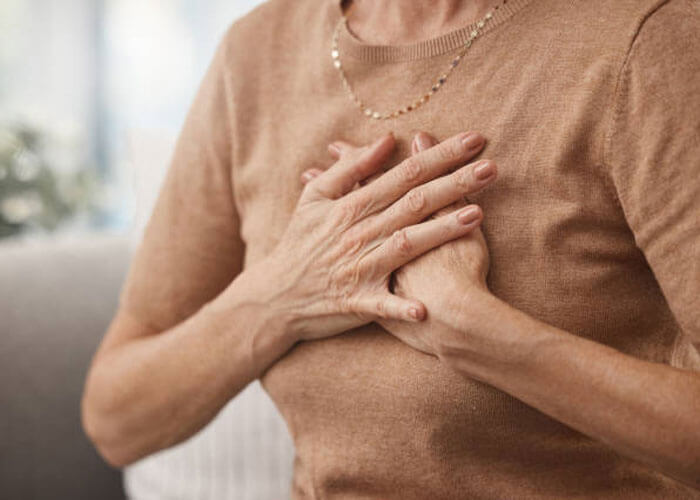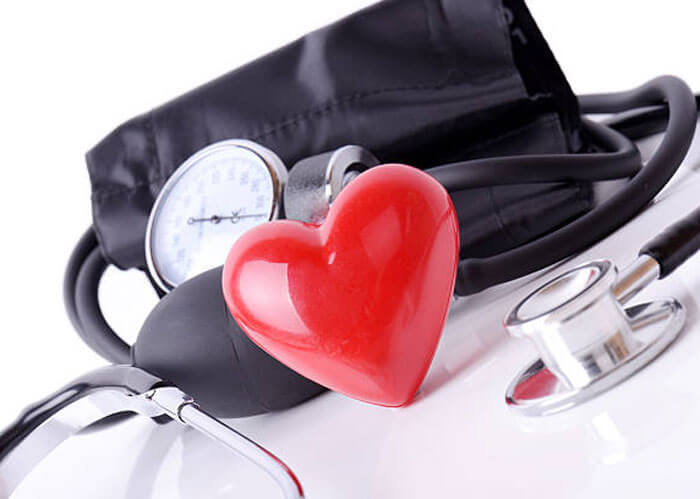
Know the Reason of Heart failure in women

Women are more likely than men to have morbidity and death from heart failure, and they often experience it later in life. Women have heart failure more frequently than men do, and at least half of these instances are heart failure with an intact ejection fraction. Women are more symptomatic and have a worse prognosis than men when they suffer heart failure and a low left ventricular ejection fraction. Men and women receive the same overall recommendations for medical therapy that follow established guidelines.
Any sort of cardiac disease can affect women. Coronary artery disease is the most prevalent kind of heart disease in women, much like in men. However, there are several forms of cardiac disease that are less prevalent yet more frequently afflict women than men:
Coronary microvascular disease causes chest discomfort as a result of abrupt tightening (spasms) of the tiniest heart arteries, which cut off blood flow. It generally occurs while sleeping or performing daily tasks. Your likelihood of experiencing a heart attack or other heart disorders is increased by this dangerous condition. Since blockages in smaller arteries might be harder to notice on imaging tests, this kind may be more difficult to identify.
Strong chest pain or other symptoms that resemble a heart attack are markers of broken heart syndrome. It results from the strain of strong emotions such as intense sadness, rage, or surprise. Even if you are healthy, it may still occur. It primarily affects women after menopause and typically has no long-term consequences.
Variant angina is an uncommon kind of severe chest pain brought on by cardiac artery spasms. During sleep, the discomfort normally follows a pattern. Rarely does variant angina result in a heart attack.
Your chance of getting heart disease rises when:
- Heart disease can strike a woman at any age, but your risk rises once your periods end, generally around age 55. Your body produces more oestrogen (a female hormone) before menopause, which helps guard against heart disease. Because of this, women often have coronary artery disease 10 years after men do. Oestrogen levels fall during and after menopause, increasing your risk of heart disease. Your risk will be higher than that of other women your age if your periods cease before the age of 40.
-
Heart disease in the family history You may have an increased chance of developing heart disease if you:
- Before the age of 65, your mother or sister suffered from heart illness.
- Before age 55, either your father or brother suffered from heart problems.
- Obstetrical issues, including hypertension, gestational diabetes, anaemia, and high blood pressure.
- Use of hormonal birth control, such as estrogen- and progesterone-containing tablets, patches, or vaginal rings.
- Syndrome of polycystic ovaries.
- Autoimmune and inflammatory disorders.
- Syndrome metabolic.
- Problems with one's mental health, such as stress, anxiety, or sadness.
- Health hazards associated with inactivity.
- Being overweight or obese.
- Low amounts of HDL cholesterol.
- Mild to moderate hypertension.
Your risk can be decreased by:
Making heart-healthy practises a part of your everyday life and learning how to prevent heart disease.
Asking Dr. Sudheer about the best strategy to maintain your heart health and your individual risk for developing heart disease.
Keep in mind that women might develop heart disease without showing any signs. You may, however, take steps to avoid issues or stop them from worsening if you are aware of your risk for heart disease.
Ask Dr. Sudheer for assistance in determining your risk level if you have one or more factors for heart disease. To help detect heart problems early on, find out if you require any cardiac testing.






